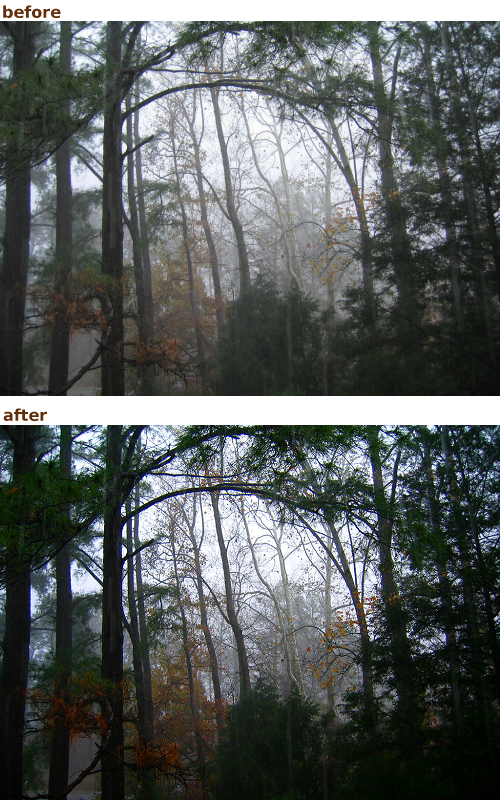Labels, be gone
The latest big band breaking free from a label contract is Nine Inch Nails. After Radiohead, Prince’s rebellion, and Bruce Springsteen giving away the first single of his new album for free, things are just changing in the music business.
The importance of the labels is quickly fading away, and the digital music revolution (and piracy) had its part on it. And that’s a good thing, because the profession of a musician goes back to its basics: lots of touring and live performances, and no “star” status. If the big 4 labels go out of business, soon enough there won’t be stardom, but simply a profession that will earn you $150,000 per year if you are really good, and $15,000 if you are not.
Be gone will be the times that artists will be selling millions of copies, shoot expensive video clips, snorting cocaine and make big headlines about it, and played on the radio worldwide. Instead, being an artist will be all about being an artist.
This is not to say that some “stars” won’t be arising. Especially if you already have money to invest to your image, you can always hire a PR company that will push your image on the Internet, radio and TV, and a worldwide distributor of music so you can reach other countries too. But these “stars” won’t be controllable by labels where they have to abide to a certain look or do this kind of music or that kind of music. There will be a level of independence instead, an “indie look and sound”.
The truth is, the big losers won’t just be the labels in this case, but also USA as a country. USA’s main “product” is IP, not actual labor and cheap hardware (as it is in China for example). Art is a form of IP and it brings billions to not only the labels, but the US government too. I don’t feel bad about this loss though. Labels have created a status quo, a social behavior, that’s simply not natural. For example, there is no reason for a 16 year old to pee herself when she sees Ricky Martin from 2 meters away shaking his booty. And there is no reason for a 16 year old boy to have long hair and start smoking just because that’s what Guns ‘n’ Roses do. And yet, many teenagers do. Even some adults will wear similar clothes to what a particular star or music movement does. And everyone capitalizes on that.
If labels go away and artists become simply artists, not only the strongest artists will survive (which is a good thing for the consumer as the quality of the music will go up), but things will go back to normal at a social level too. I don’t WANT to go to cnn.com and read about Britney Spears. There is absolutely NO REASON why she should be making headlines. She is not the first neither the last junkie in this world. The fact that she happens to be a singer or a “pop star” is irrelevant to me. And yes, this is how everyone should be thinking too, so the paparazzi stop following her and CNN stops caring. It is disgusting that CNN did not report in their front page about her new album or single (which is the only thing that we should be caring about), but instead everything else that’s none of our business. I am no Britney fan, neither a Lohan or Hilton one. I see no reason why we should be learning everything about them. When you get a job as a secretary you are not asked what’s your religion, your color preference or who’s your boyfriend. So why an artist should be under this scrutiny?
Another interesting article about this is here.





